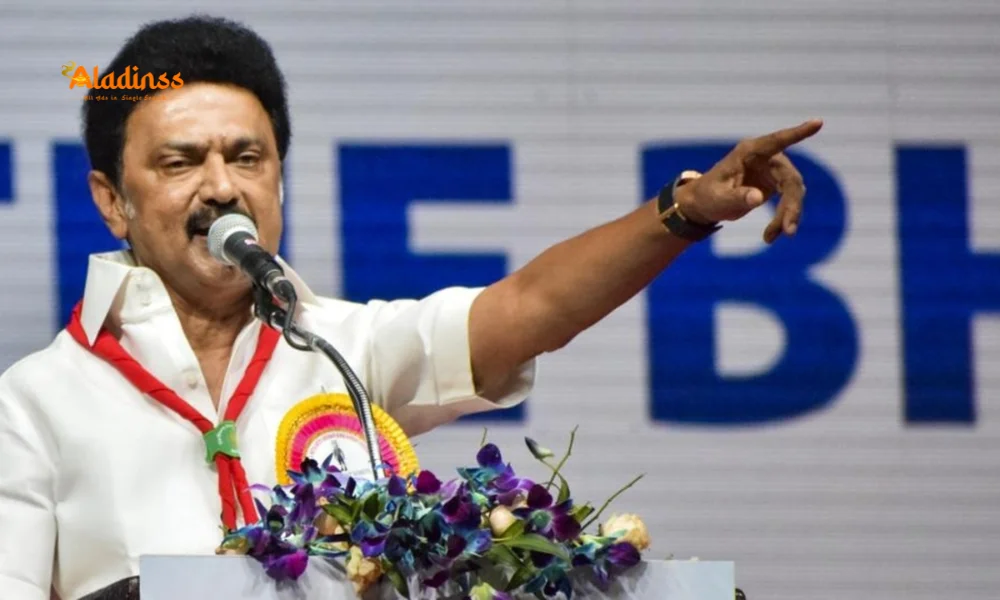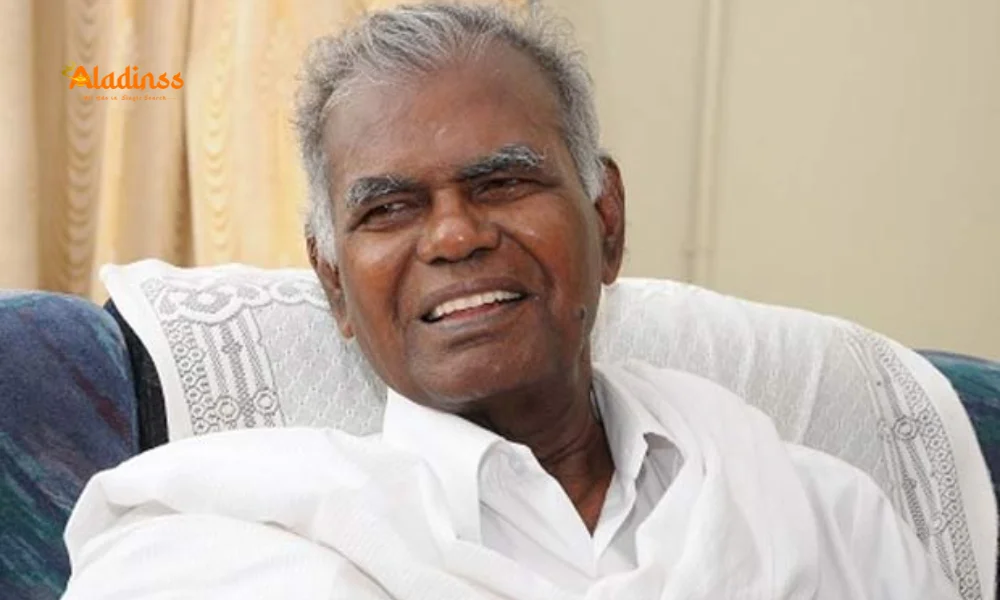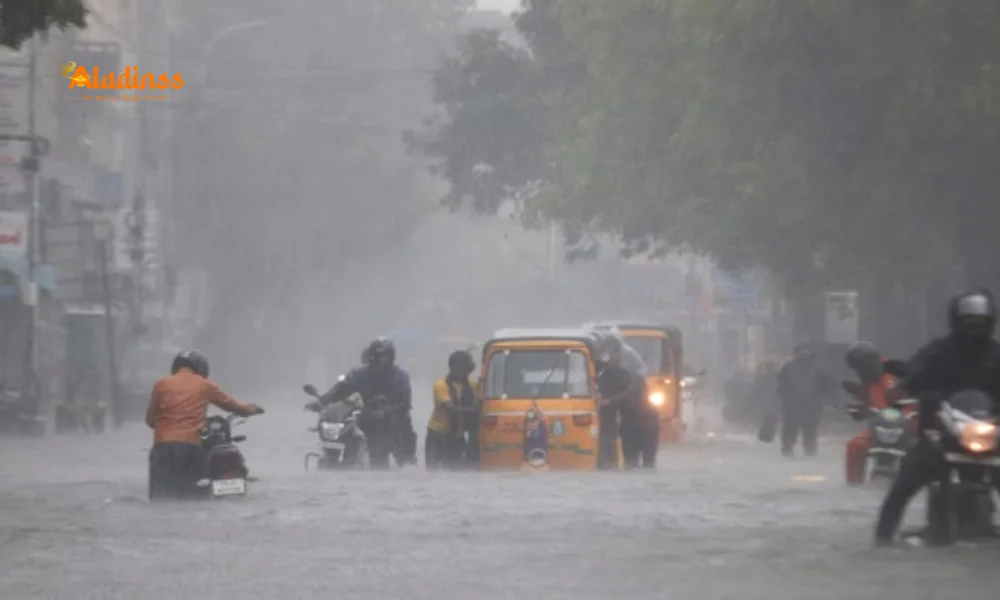3 Soldiers Hurt in Assam Grenade Attack on Army Camp
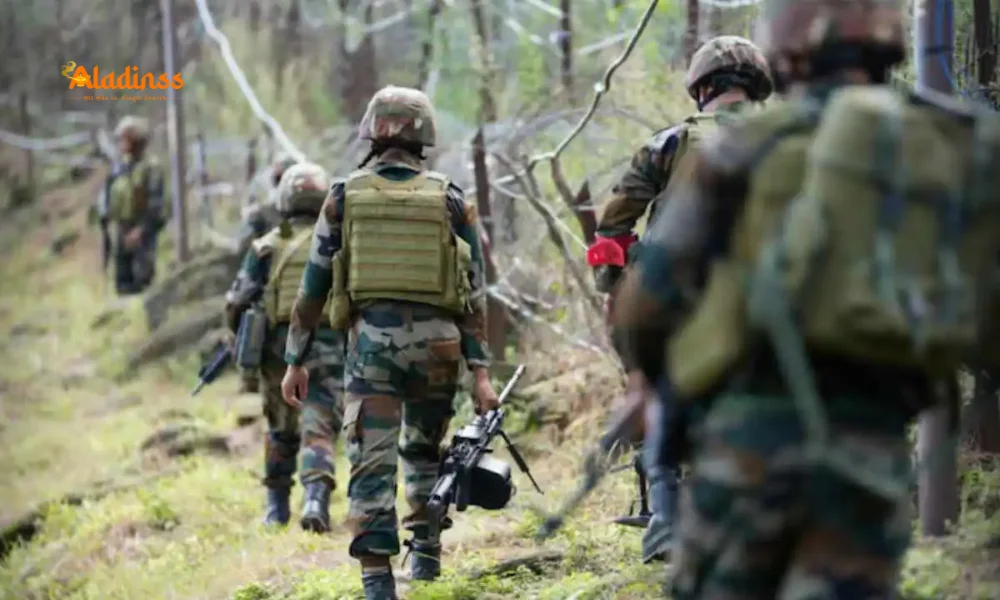
Three Soldiers Wounded in Bold Grenade Assault on Assam Military Outpost
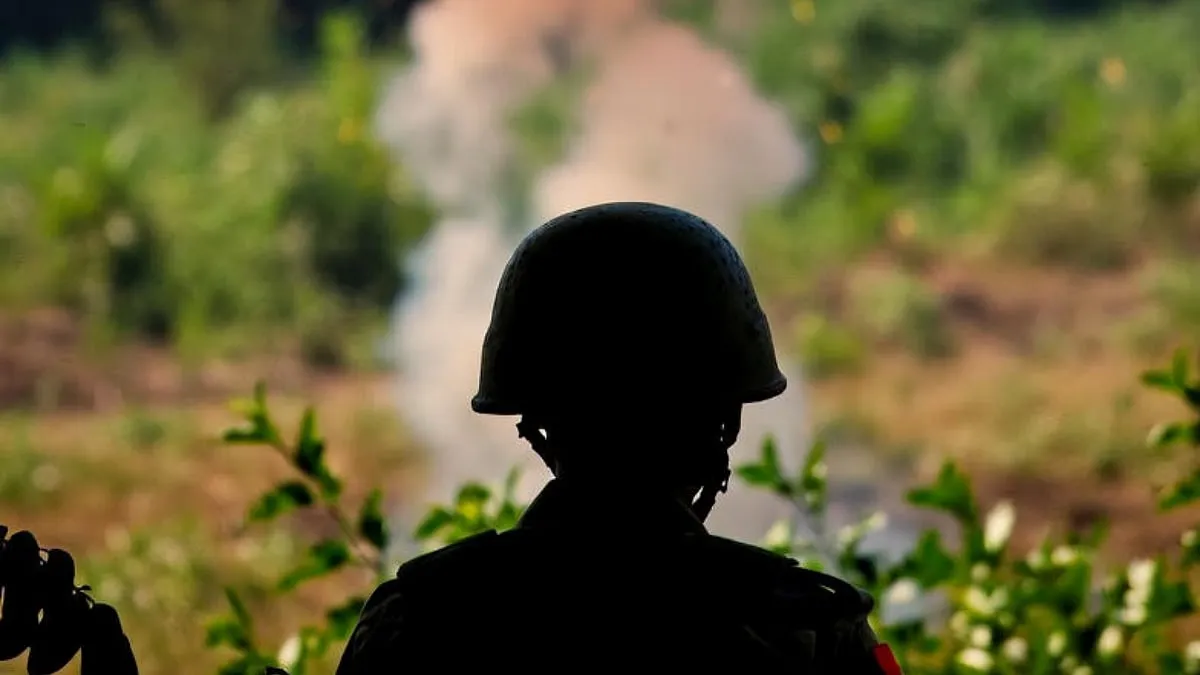
In a shocking escalation of tensions in India's northeast, a fierce grenade attack targeted an Indian Army outpost in Assam's Tinsukia district, leaving three soldiers with injuries. The incident unfolded late Thursday night in Kakopathar, where bursts of intense gunfire and multiple grenade blasts echoed through the quiet neighborhood, sparking widespread alarm among locals. This brazen assault on the 19 Grenadiers unit camp highlights ongoing security challenges in the region plagued by insurgency.
Eyewitnesses described a scene of chaos as the explosions rocked the area around midnight, with the exchange of fire persisting for almost an hour. Security sources confirmed that the grenades were lobbed directly at the camp, causing the injuries to the brave personnel. Assam news outlets quickly reported the developments, underscoring the vulnerability of military installations in Upper Assam amid rising militant activities.
The swift response from the Indian Army and local police was commendable, as they immediately sealed off the vicinity, limiting access to civilians and launching extensive search operations to hunt down the culprits. This grenade attack in Assam serves as a stark reminder of the persistent threats posed by insurgent groups in the northeast, where such strikes have historically disrupted peace and stability.
Details of the Midnight Onslaught and Immediate Aftermath
Preliminary investigations point to a well-coordinated militant operation, with attackers using the cover of darkness to approach the Kakopathar Army Camp. The blasts not only injured the three soldiers but also damaged parts of the perimeter fencing, allowing for a brief but intense skirmish. Residents in nearby areas were jolted awake by the relentless gunfire exchange, fleeing their homes in panic as the sounds of grenade explosions reverberated across Tinsukia. Local authorities have urged calm while assuring the public of heightened vigilance.
In the hours following the assault, a suspicious truck believed to be the getaway vehicle was discovered abandoned in the adjacent Tengapani region of Arunachal Pradesh. Forensic teams are combing the site for clues, including fingerprints and explosive residues, to link it to the perpetrators. This discovery has broadened the scope of the manhunt, involving joint teams from Assam and Arunachal Pradesh police forces.
The injured soldiers, part of the elite 19 Grenadiers unit, were promptly evacuated to a nearby medical facility where they are receiving top-notch care. Fortunately, their wounds are reported as non-life-threatening, but the emotional toll on the troops and their families cannot be understated. Indian Army officials have praised the resilience of the unit, which has a storied legacy in counter-insurgency operations across the nation.
Suspected Role of ULFA (Independent) Faction
While no insurgent outfit has yet claimed responsibility for this army camp attack, fingers are pointing toward the ULFA (Independent) faction, known for its history of similar strikes in Upper Assam. The group, a splinter of the larger United Liberation Front of Asom (ULFA), has long advocated for sovereignty in the region and has a track record of targeting security installations to draw attention to their cause.
Experts on northeast India news suggest that this incident could be a retaliation against recent crackdowns on militant hideouts. ULFA's tactics often involve grenade hurling and ambushes, exploiting the rugged terrain of Tinsukia and neighboring districts. Over the past decade, the faction has been responsible for numerous such militant attacks, disrupting oil pipelines and infrastructure vital to India's economy.
- ULFA (I) has evaded peace talks, unlike the pro-talks faction, maintaining a hardline stance.
- Previous assaults in Kakopathar and nearby areas have led to heightened military presence.
- The group's recruitment draws from local grievances over resource exploitation in Assam.
Security analysts warn that without addressing underlying socio-economic issues, such insurgency Assam episodes will persist, endangering lives and development. The central government's initiatives, like the Armed Forces Special Powers Act (AFSPA) extensions, aim to bolster security forces India, but critics argue for more dialogue-oriented approaches.
Broader Implications for Regional Security and Community Response
This grenade explosion in a sensitive border area like Tinsukia has ripple effects beyond the immediate casualties. The region's proximity to Arunachal Pradesh and Myanmar makes it a hotspot for cross-border militancy, complicating efforts to maintain peace. Soldiers injured in such operations embody the sacrifices made by the Indian Army in safeguarding the nation's frontiers.
Community leaders in Kakopathar have condemned the violence, calling for unity against extremism. Local NGOs are stepping up with counseling services for affected families, while schools and businesses in the area grapple with the aftermath of restricted movements. The cordoned off area, though necessary, has strained daily life, with markets shuttered and transport halted.
On a national scale, this event reignites debates on counter-terrorism strategies. Recent successes in dismantling ULFA camps have been overshadowed by these sporadic hits, prompting calls for advanced surveillance tech and community policing. As search operations continue, authorities remain optimistic about apprehending the attackers, potentially averting future threats.
Historical Context of Insurgent Activities in Upper Assam
To understand the roots of this midnight attack, one must delve into the decades-long saga of unrest in Assam. The ULFA, founded in 1979, emerged from frustrations over immigration and resource sharing, evolving into a formidable force by the 1990s. Their arsenal of grenade attacks and bombings peaked during the early 2000s, claiming hundreds of lives and crippling infrastructure.
Post-2010, splits within the group led to the formation of ULFA (Independent), which rejected truces and continued low-intensity warfare. Notable incidents include the 2018 ambush in Tinsukia that killed several CRPF personnel, mirroring the tactics seen here. Government data reveals over 200 such operations in the last five years, with Upper Assam bearing the brunt due to its tea estates and oil fields.
Efforts like Operation All Out have neutralized key leaders, yet the ideology persists, fueled by external support allegations. For residents, these events disrupt not just security but also tourism and investment, stalling the northeast's growth story.
Government and Military Measures Post-Incident
In response to the ongoing threats, the Indian Army has ramped up patrols and intelligence-sharing with state police. Drone surveillance and night-vision tech are being deployed in vulnerable spots like Kakopathar. The National Investigation Agency (NIA) may soon take over if links to larger networks emerge.
Assam's Chief Minister has vowed zero tolerance, allocating funds for victim rehabilitation and fortification of camps. International partners, including Bhutan and Bangladesh, have cooperated in past extraditions, a model likely to be invoked here. As the nation watches, this incident underscores the need for holistic solutions blending force with development.
The coming days will reveal more about the attackers' motives and affiliations, but one thing is clear: the resilience of Assam's people and security apparatus will prevail against such adversity. Stay tuned for updates on this developing story in northeast India news.
Comment / Reply From
No comments yet. Be the first to comment!
